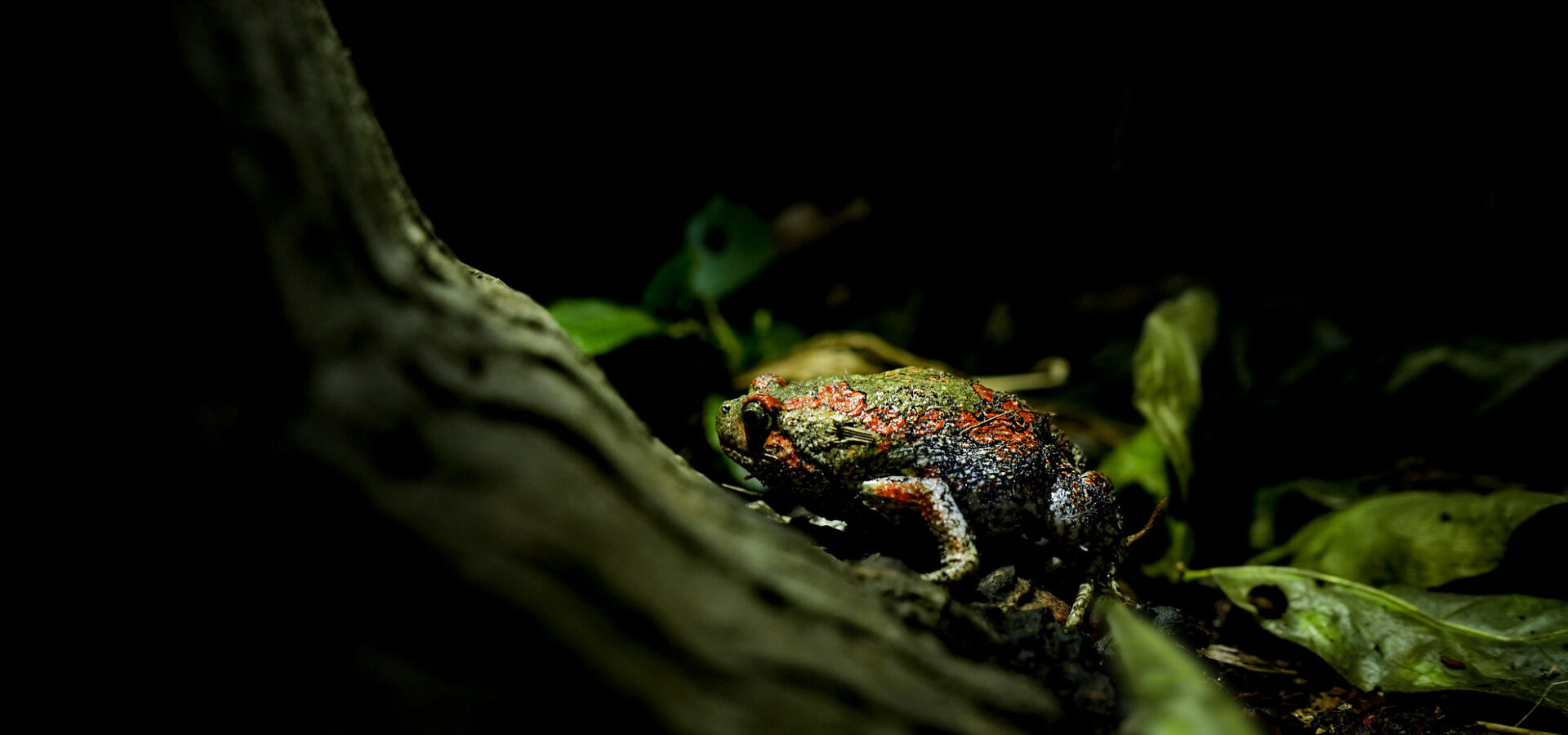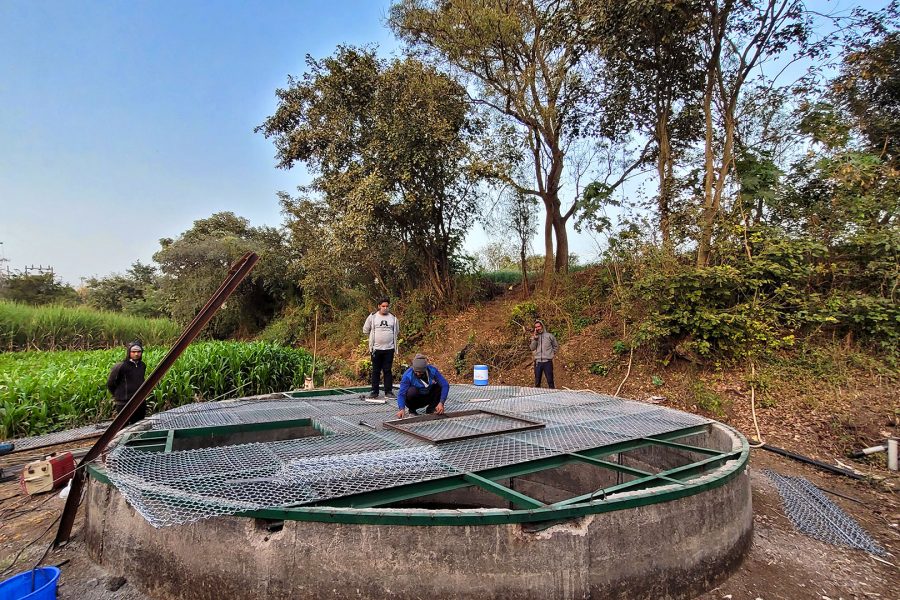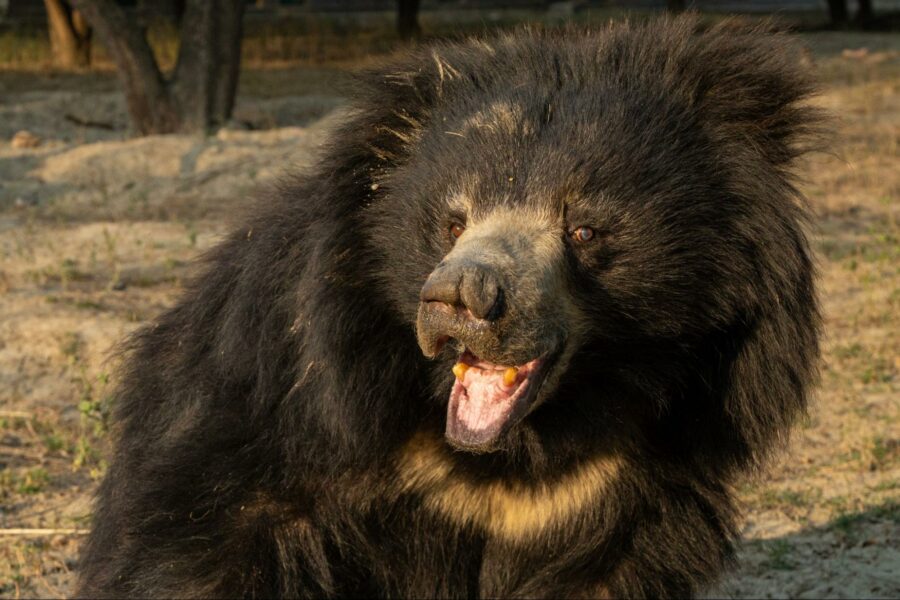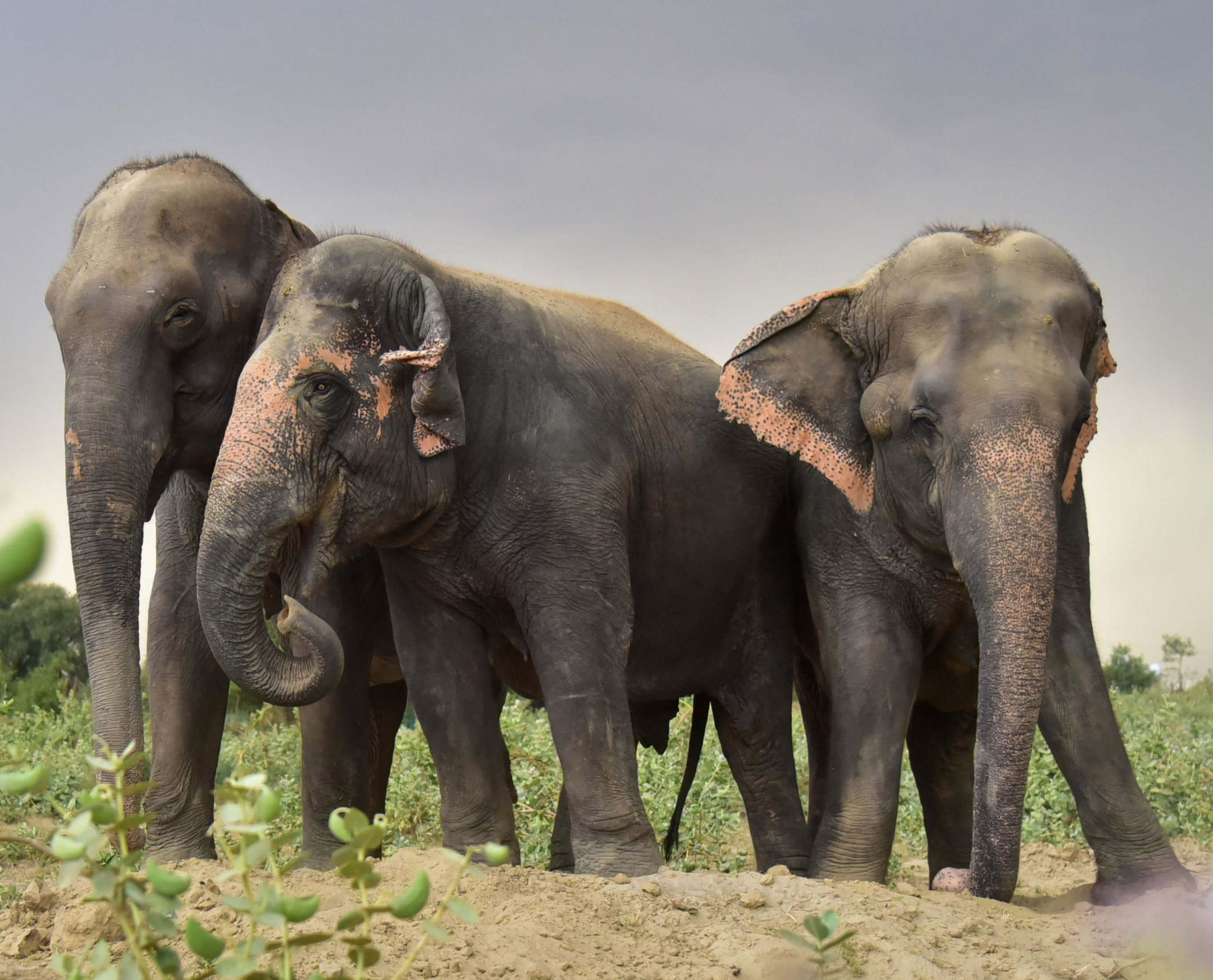The wild does not seek to be beautiful, yet it is. It does not seek to cause fear, yet it does so. Just as the poison dart frog has its vivid hues and the monarch butterfly has its bold patterns— every stunner in the wild comes with its own set of warnings. These warning signs often take the form of striking patterns, malodour, or unusual sounds animals emit, all of which come under aposematism.
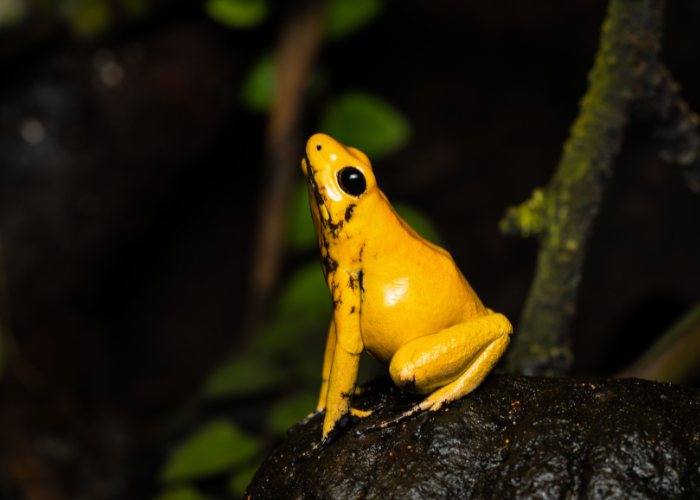
What Is Aposematism?
Have you ever seen a house with a board reading: ‘Beware of the Dog’? Aposematism works just like that, but with a little twist. In nature, the language of danger isn’t written on signboards — it’s boldly painted on the beings themselves. Simply put, aposematism is a survival strategy where animals display bright colours, bold patterns, or unique sounds to warn predators that they’re dangerous, toxic, or just unappetising. It’s the biological equivalent of delivering the critical message: “Approach at your own risk.”
Evolution truly outdid itself with the clever survival strategy of aposematism that benefits both parties — the predator avoids a nasty meal, and the prey gets to live another day. Over time, predators learn to associate certain colours or patterns with unpleasant experiences, like a mouthful of foul-tasting insects, a painful sting, or an upset stomach due to toxins. This is why certain colours like red, orange, and yellow have been suggested to be efficient warning signals — they remain vivid under different lighting and contrast sharply against natural backgrounds.
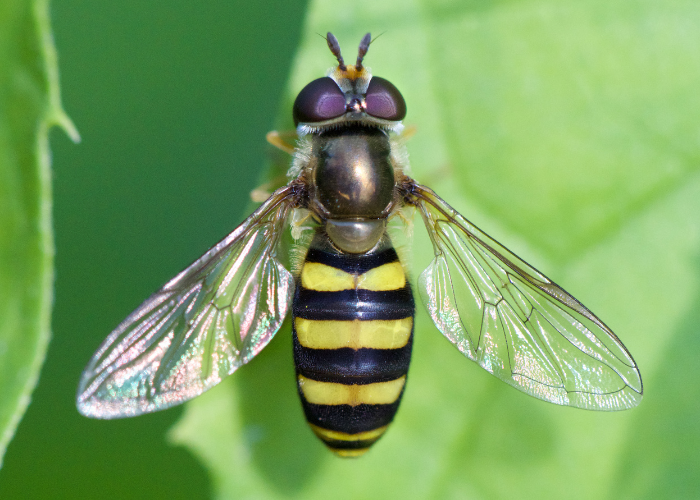
Interestingly, some harmless animals have caught on to this trick and mimic aposematic species to fool predators into leaving them alone. This clever copycat behaviour is called Batesian mimicry. For example, the harmless hoverfly mimics the black-and-yellow stripes of stinging bees and wasps or the harmless scarlet kingsnake mimics the red, black, and yellow banding of the venomous coral snake to deter predators.
How Aposematism Works
Just as you’d never forget the smell of a tuna sandwich gone bad, aposematism relies on a predator’s ability to learn from experience. Imagine a bird eating its monarch butterfly prey for the first time. Soon after, the bird realises that the brightly coloured, pretty butterfly it just had for lunch made it sick. Next time, the bird will steer clear of anything with similar colours because it would associate those with the toxic chemicals accompanying it. Not only that, but the bird may also pass this knowledge on to its offspring, ensuring the next generation avoids the same mistake.
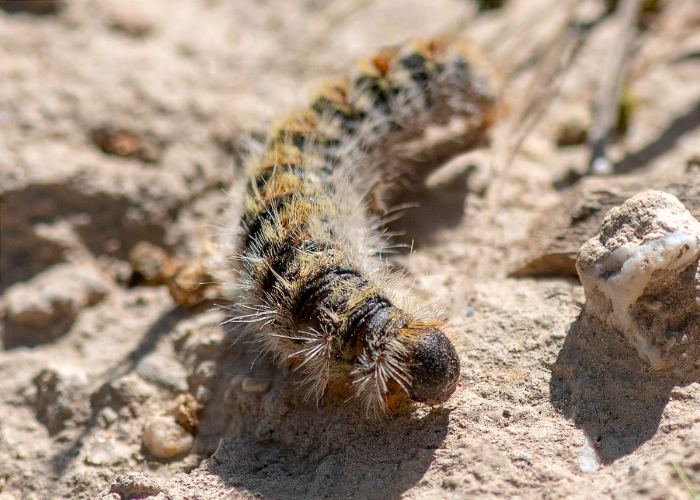
Fun Fact: It’s Not Just About Looks!
So far, we’ve spoken about visual aposematic warnings, but these signals aren’t limited to just colours and patterns. They often work in multiple ways, hitting different senses at once to get the message across loud and clear. This is known as being multimodal. Some animals use sounds, smells, touch, or behaviours to warn predators. Rattlesnakes shake their tails to produce a distinctive rattling sound, while bombardier beetles spray a hot, noxious chemical, and cobras spread their hoods as a display of threat.
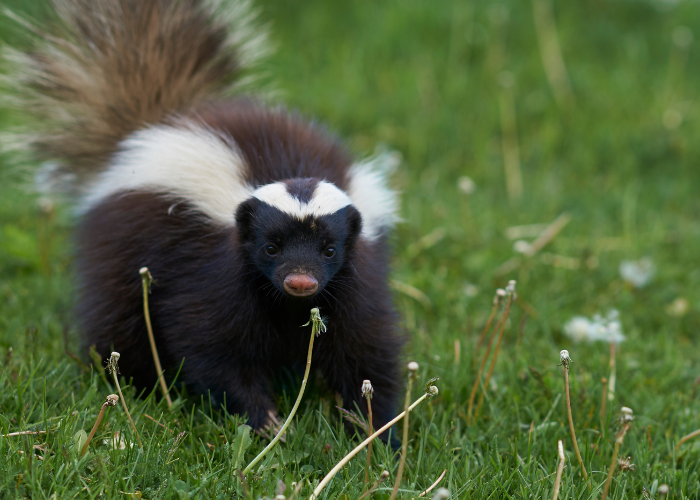
Why Aposematism Is Important
Aposematism isn’t just a clever defence mechanism; it’s a vital part of the ecosystem. By issuing warnings, aposematic animals reduce unnecessary conflicts between predators and themselves. Without such remarkable mechanisms, the numbers of certain species could decline rapidly or even vanish, disrupting the biodiversity balance of the habitat. It also plays a role in evolutionary processes of species by creating genetic memory that develops the behaviour of predators and prey over time.
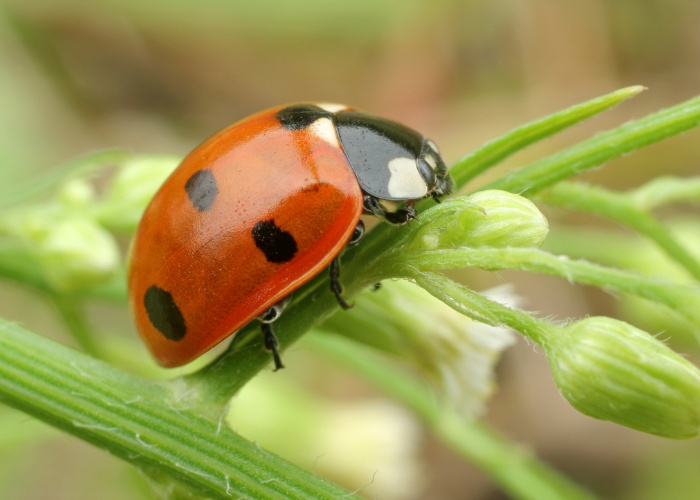
Through aposematism, nature reminds us of a profound lesson we were once taught: to never judge a book by its cover. Nature is no less than a living, breathing book filled with countless chapters that carry with them fascinating stories. Every leaf, tree, and creature tells a tale of survival, and how each is interconnected to the other.
To read more such chapters about the world of wildlife, subscribe to the Wildlife SOS newsletter!
Feature image: Hemanta Bijoy Chakma/ Wildlife SOS

